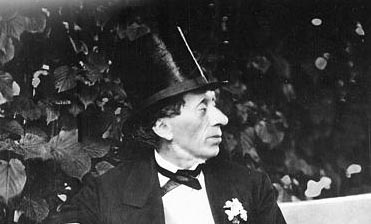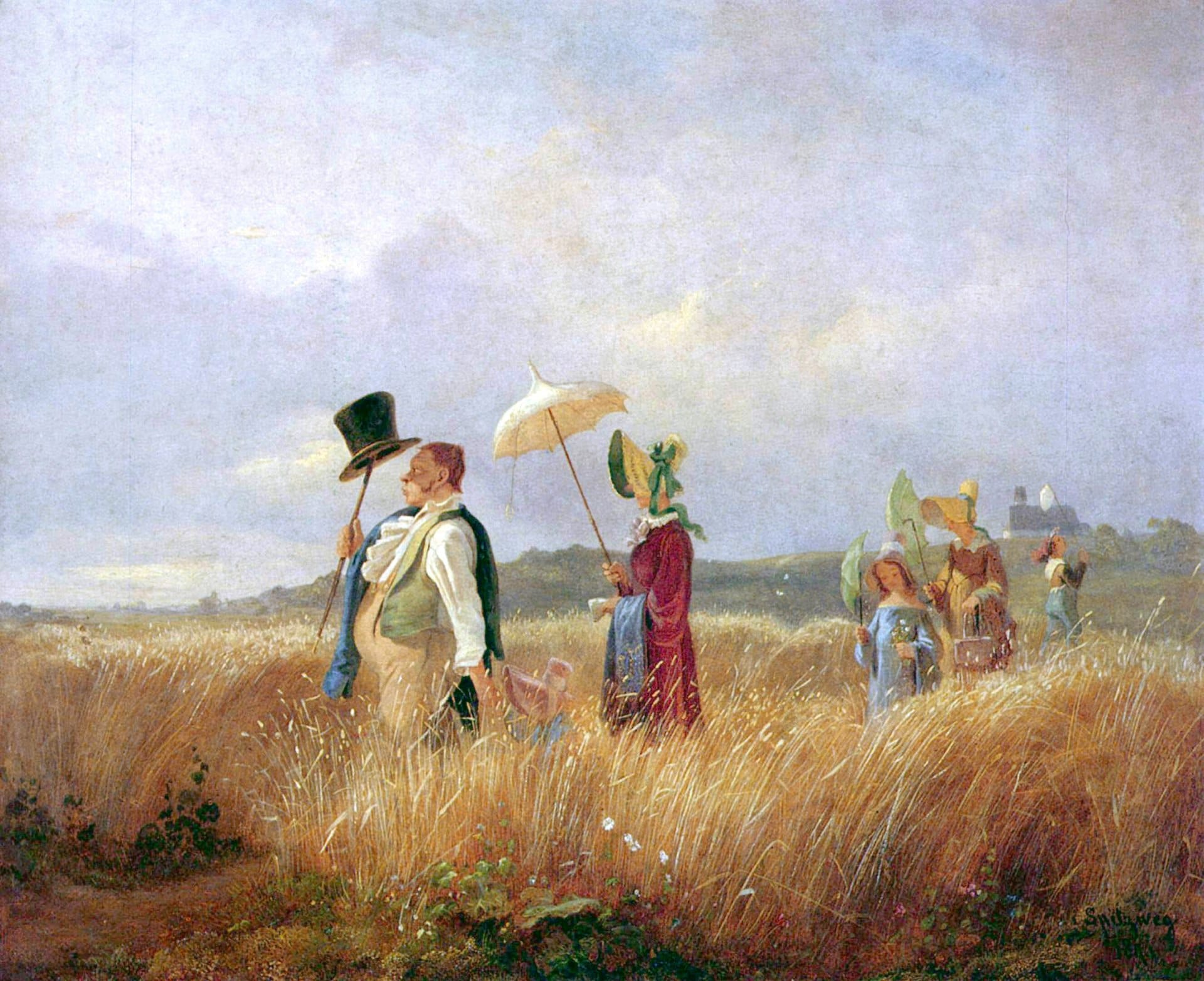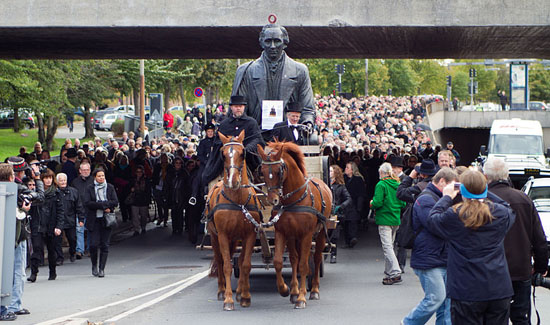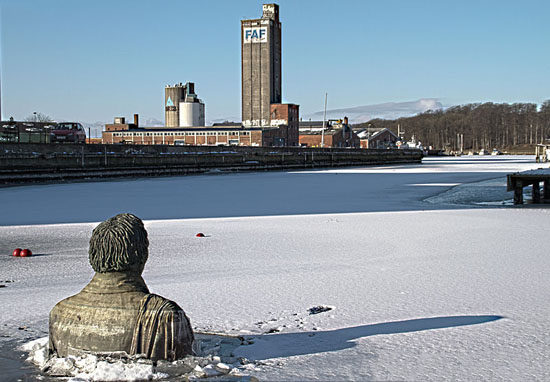Hans Christian Andersen's 'The Snow Queen'

Hans Christian Andersen’s sexuality has been a matter of some controversy over the years, especially in Denmark. Many academics and journalists have claimed him as a repressed homosexual or bisexual or ambisexual, with The Little Mermaid, The Little Match Girl, The Ugly Duckling trotted out as evidence. Indeed there's not much else to go on. Andersen lived a lonely life in rented rooms and likely remained a virgin his entire life, yet we know masturbation was enthusiastically enjoyed because for a time he made notations in his diaries. Yes he did... And why not?

This must have provided great relief, but, unfortunately, he also forced himself upon others (the Swedish soprano opera singer Jenny Lind, Charles Dickens, Heinrich Heine, etc.)... Vampire-like, he was unable to consummate a real relationship with any of them and so made them fodder for his fantasies. Perhaps we all do that, but Andersen may have seemed a bit unctuous and creepy and people noticed. He displaced this rejection into his extraordinary sexual fables.
I like to think of him, rather than Jenny Lind, as The Snow Queen, his masterpiece of 1844. The Snow Queen is interpreted as a symbol of chilly intellectualism when contrasted with the warm-hearted children who escape her frozen lake palace (the "Mirror of Reason"). But, Andersen was that chilly intellectual inside, with a child-like, even obsequious exterior. Sentimental and Romantic, he belonged to the Biedermeier era, captured so well in the paintings of Carl Spitzweg, in the way it concealed the cold, dark forces that would explode in the revolutions of 1848… It just seems so innocent. Below is Der Sonntagsspaziergang (The Sunday Walk) of 1841; for other Spitzweg paintings, here and here.

Andersen was a sophisticated and imaginative writer whose sexual fables cross space and time and inspire imaginative children of every age. His religious faith is particularly interesting - marked by cynicism and ambivalence - yet he could celebrate when he wanted to, as in the last lines of The Snow Queen where the red rose represents Jesus the Christ child:
The grandmother sat in God’s bright sunshine, and she read aloud from the Bible, “Except ye become as little children, ye shall in no wise enter into the kingdom of God.” And Kai and Gerda looked into each other’s eyes, and all at once understood the words of the old song,
“Roses bloom and cease to be,
But we shall the Christ-child see.”
And they both sat there, grown up, yet children at heart; and it was summer, warm, beautiful summer.
Andersen was born in Odense and in 2011 the town came up with a novel (and eccentric) way to celebrate their native son: drowning his statue in the harbor. Will they ever repeat the stunt? Here is who turned up the first time:

The idea belonged to sculptor Jens Galschiøt, whose photos these are, and this is what Andersen looked like in the harbor:

If human beings are not drowned, asked the little mermaid, can they live forever? Do they never die as we do here in the sea? Yes...
